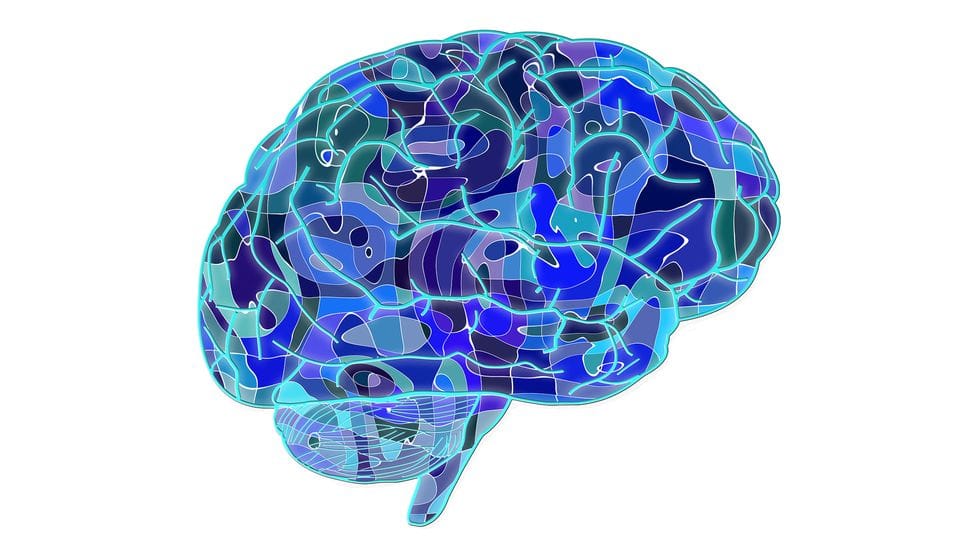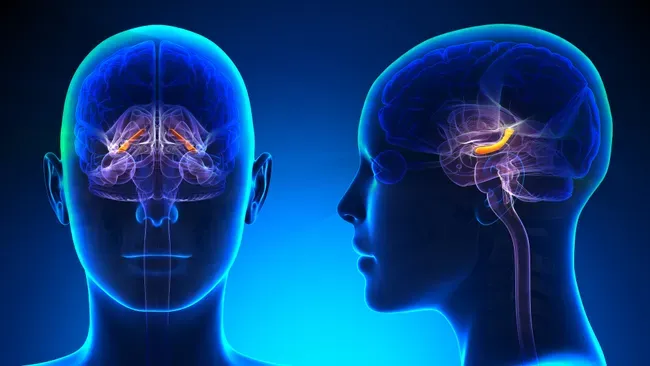The Science of Learning: Understanding How Your Brain Acquires Knowledge

Hey there, curious minds! Ever wonder how your brain actually learns new stuff? Knowing this can seriously level up your game, whether you're studying for an exam, picking up a new hobby, or just trying to be a better learner overall. In today's fast-paced world, understanding how learning works can give you a huge advantage, both personally and professionally.
By diving into this blog post, you're going to get the inside scoop on how your brain processes and retains information. You'll learn about the brain's secret pathways, why practice makes perfect, and how to hack your brain to study smarter, not harder. Plus, you'll walk away with some super handy tips to boost your learning mojo and keep your brain in tip-top shape.
The Science of How the Brain Acquires Knowledge
Alright, let's get into the nitty-gritty of how your brain learns new things. Your brain's like a crazy complex computer, with neural networks and chemical processes working together to help you learn. One of the key players here is glutamate, a neurotransmitter that helps neurons talk to each other. When you learn something new, like playing guitar, your brain creates new neural pathways through a process called neuroplasticity. This helps you develop muscle memory and coordination.
Neural Plasticity: The Brain's Ability to Adapt
Neural plasticity, or neuroplasticity, is your brain's superpower. It's the ability to reorganize itself by forming new connections. This helps you adapt to new experiences, learn new things, and even recover from injuries. For example, when you learn to play a new song on the piano, your brain's motor cortex (the part that controls movement) forms new connections. With practice, these connections get stronger, and playing the song becomes second nature.
The Role of the Hippocampus in Memory Formation
Meet the hippocampus, your brain's memory champ! This little seahorse-shaped structure in your brain's temporal lobe is crucial for forming and storing new memories. When you study for a test, the hippocampus helps encode and consolidate the info. During sleep, it replays these memories, transferring them to other brain regions for long-term storage. This process, called memory consolidation, is key to holding onto what you've learned.

The Importance of Synaptic Plasticity
Synaptic plasticity is all about your brain's ability to strengthen or weaken connections between neurons. This is super important for learning and memory. There are two main types: long-term potentiation (LTP) and long-term depression (LTD). LTP strengthens synapses with repeated use, making it easier for info to flow. LTD, on the other hand, weakens synapses with less activity, helping your brain cut out unnecessary connections.
The Role of Neurotransmitters in Learning
Neurotransmitters are the chemical messengers that make brain communication possible. Here are some key players when it comes to learning:
- Glutamate: The main excitatory neurotransmitter in your brain. It's crucial for synaptic plasticity, memory formation, and learning. High levels of glutamate activity make synapses stronger, helping you encode new info.
- Dopamine: The feel-good neurotransmitter linked to motivation, reward, and reinforcement. It reinforces behaviors and helps you learn from positive experiences. For example, when you hit a goal or get praised, dopamine is released, making you more likely to repeat the behavior.
- Acetylcholine: This one’s all about attention, learning, and memory. It helps you focus and process info better. When you're deep in a challenging task, acetylcholine levels go up, boosting your cognitive performance.
Real-life example: Think about learning a new language. Studies show that immersion and consistent practice are key to becoming fluent. Your hippocampus is super active during repetitive learning tasks, which is why regular practice and exposure to the new language help a ton.
The Importance of Practice and Repetition
Practice makes perfect, right? Absolutely! Repetition is key to reinforcing neural connections and improving learning outcomes. Let’s say you’re learning a new piece of music on the piano. At first, it might feel awkward and clunky. But with consistent practice, your brain’s motor cortex adapts, and those neural pathways get stronger. Before you know it, you’re playing the piece effortlessly!
Real-Life Applications of Neuroplasticity
Neuroplasticity isn’t just for learning new skills; it has real-world applications that can seriously boost your cognitive abilities:
- Language Learning: Immersing yourself in a new language and practicing regularly can lead to major improvements in fluency. Your brain’s language centers undergo structural changes, making it easier to understand and speak the language.
- Skill Acquisition: Whether you’re learning to juggle, cook gourmet meals, or master a new sport, consistent practice leads to new neural pathways. These pathways help with muscle memory, coordination, and overall skill improvement.
- Rehabilitation: After a brain injury or stroke, neuroplasticity is key to recovery. Through targeted exercises and therapies, the brain can rewire itself, helping people regain lost functions.
What You Can Do With This Knowledge
Now that you’ve got the lowdown on how your brain learns, let’s talk about how to use this info to become a learning rockstar. Here are some practical tips and strategies:
1. Incorporate Spaced Repetition
Spaced repetition is a technique where you review information at increasing intervals over time. This method enhances long-term retention by reinforcing neural connections. For example, instead of cramming for an exam the night before, review the material several times over a week or month.
2. Engage in Active Learning
Active learning involves actively engaging with the material, rather than passively absorbing information. This can include teaching others, participating in discussions, or applying knowledge in practical scenarios. Active learning reinforces neural connections and deepens understanding.
3. Prioritize Sleep and Rest
Adequate sleep is essential for memory consolidation and overall cognitive function. During sleep, the brain processes and consolidates the information learned during the day. Aim for 7-9 hours of quality sleep each night to optimize learning and memory.
4. Maintain a Healthy Lifestyle
A healthy brain supports effective learning. Engage in regular physical exercise, which promotes neurogenesis and improves cognitive function. Eat a balanced diet rich in omega-3 fatty acids, antioxidants, and other nutrients that support brain health. Manage stress through relaxation techniques, such as mindfulness or meditation.
5. Stay Curious and Open-Minded
Cultivate a curious mindset and seek out new experiences and challenges. Learning new things and stepping out of your comfort zone stimulates neuroplasticity and keeps your brain engaged. Read books, explore new hobbies, and embrace lifelong learning.
Conclusion
The science of learning reveals that acquiring knowledge is not just about passive absorption but involves active engagement and the creation of new neural pathways. By understanding these processes, you can adopt more effective learning strategies, enhance your cognitive abilities, and maintain a healthy brain. Embrace this knowledge to become a more efficient learner and to unlock your full potential in both your personal and professional life.
By incorporating techniques such as spaced repetition, active learning, and maintaining a healthy lifestyle, you can optimize your brain's ability to acquire and retain knowledge. Stay curious, embrace new challenges, and make learning a lifelong journey. With a deeper understanding of how your brain acquires knowledge, you can achieve greater success in your educational, professional, and personal endeavors.





